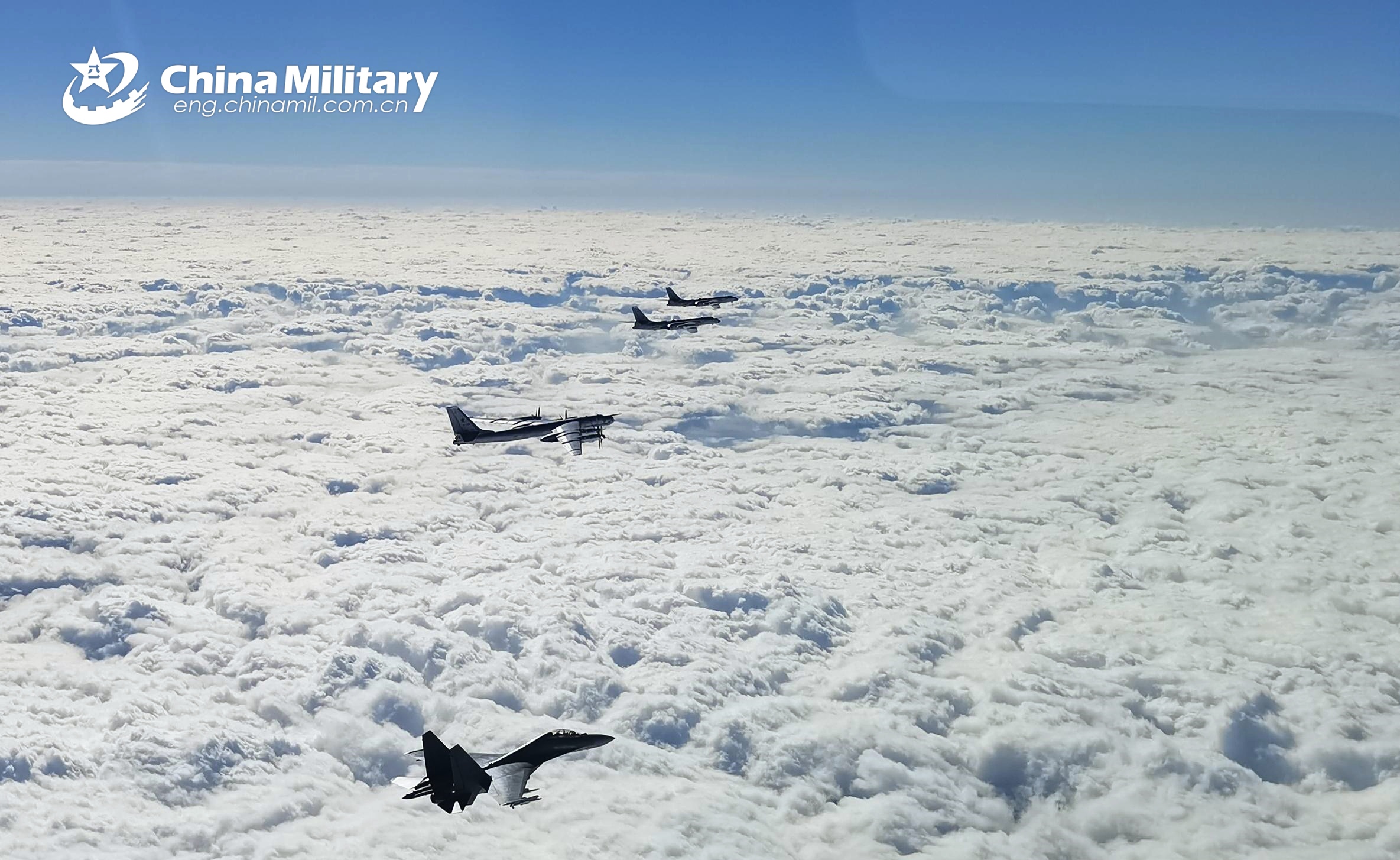Fitness
Russia and China stage nuclear bomber exercise near US allies

Russia and China sent nuclear-capable bombers over the waters between Japan and South Korea, which are the treaty allies of the United States, for their ninth joint strategic air patrol on Friday.
Two American conventional bombers on Monday simulated the release of weapons over Finland, a NATO ally that borders Russia. For Japan and South Korea, the U.S. is committed to using its full range of military capabilities, including nuclear, to support extended deterrence.
The Chinese Defense Ministry said the joint bomber patrol was conducted over the Sea of Japan, also known as the East Sea in South Korea. It is located between the Japanese archipelago to the east, the Korean Peninsula to the west, and the Russian Far East region to the north. Newsweek has reached out to the defense ministries of Russia and Japan for comment by email.
Chinese military
In a brief statement, the Chinese air force said that the joint patrol, which was in accordance with the annual cooperation plan between the two nations’ militaries, aimed at “effectively testing and enhancing” the joint training and operational capabilities of the Chinese and Russian air forces.
The Chinese state media reported that this was the first time the country’s air force sent the H-6N, its first nuclear-capable air-to-air refuelable bomber, for a joint patrol with its Russian counterpart. At least one Russian bomber took part in this patrol. It was identified as the nuclear-capable Tu-95MS.
In the previous instance on July 25, which was the eighth Russia-China joint strategic air patrol since 2019, it involved the Chinese H-6K conventional bombers and the Russian Tu-95MS nuclear bombers, which saw them flying in formation over the Bering Sea off the U.S. coast of Alaska.
Russia and China are among the nine countries armed with nuclear weapons. The Stockholm International Peace Research Institute said that Russia possesses 4,380 nuclear warheads in its military stockpile, which is the world’s largest. China is estimated to have 500 nukes in its arsenal.
The South Korean military also confirmed on Friday that six Russian and five Chinese military aircraft entered the country’s air defense identification zone, prompting it to scramble fighter jets.
An ADIZ begins where a country’s sovereign airspace ends. It is a defined stretch of international airspace that requires the ready identification of all aircraft in the interest of national security. The U.S., South Korea, and Japan, as well as China and Taiwan, have established air defense zones.
The South Korean military said that the Russian aircraft flew into the country’s ADIZ as they approached from the northeast over the East Sea. The Chinese aircraft entered the air defense zone off the southern coast of South Korea as they transited northward to the East Sea at the same time.
The Russian and Chinese aircraft then flew in formation south of Dokdo, a group of South Korean islets in the East Sea that is claimed by Japan as Takeshima. None of these aircraft, now back in their respective countries, violated South Korean airspace, Seoul’s military added.









